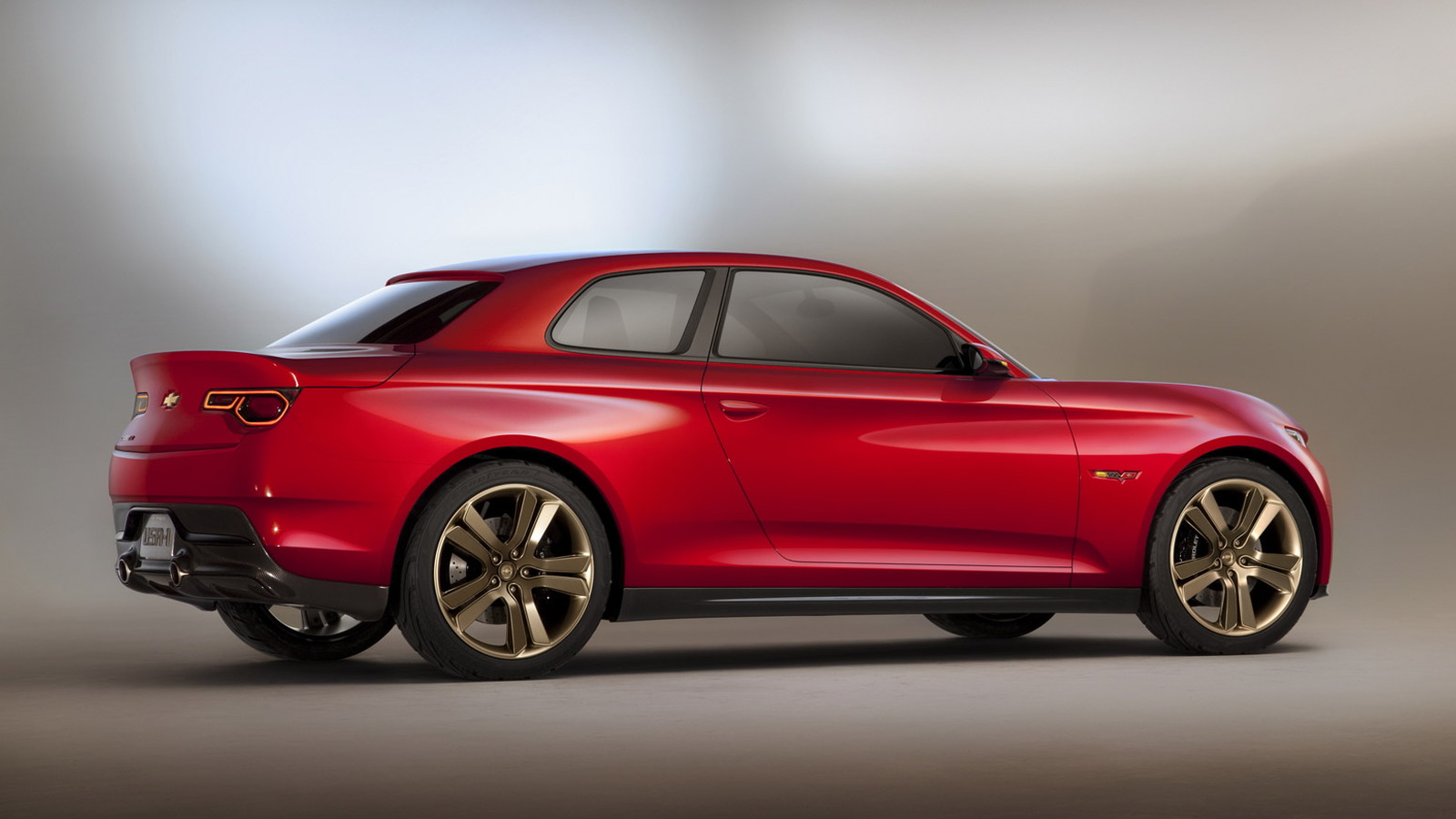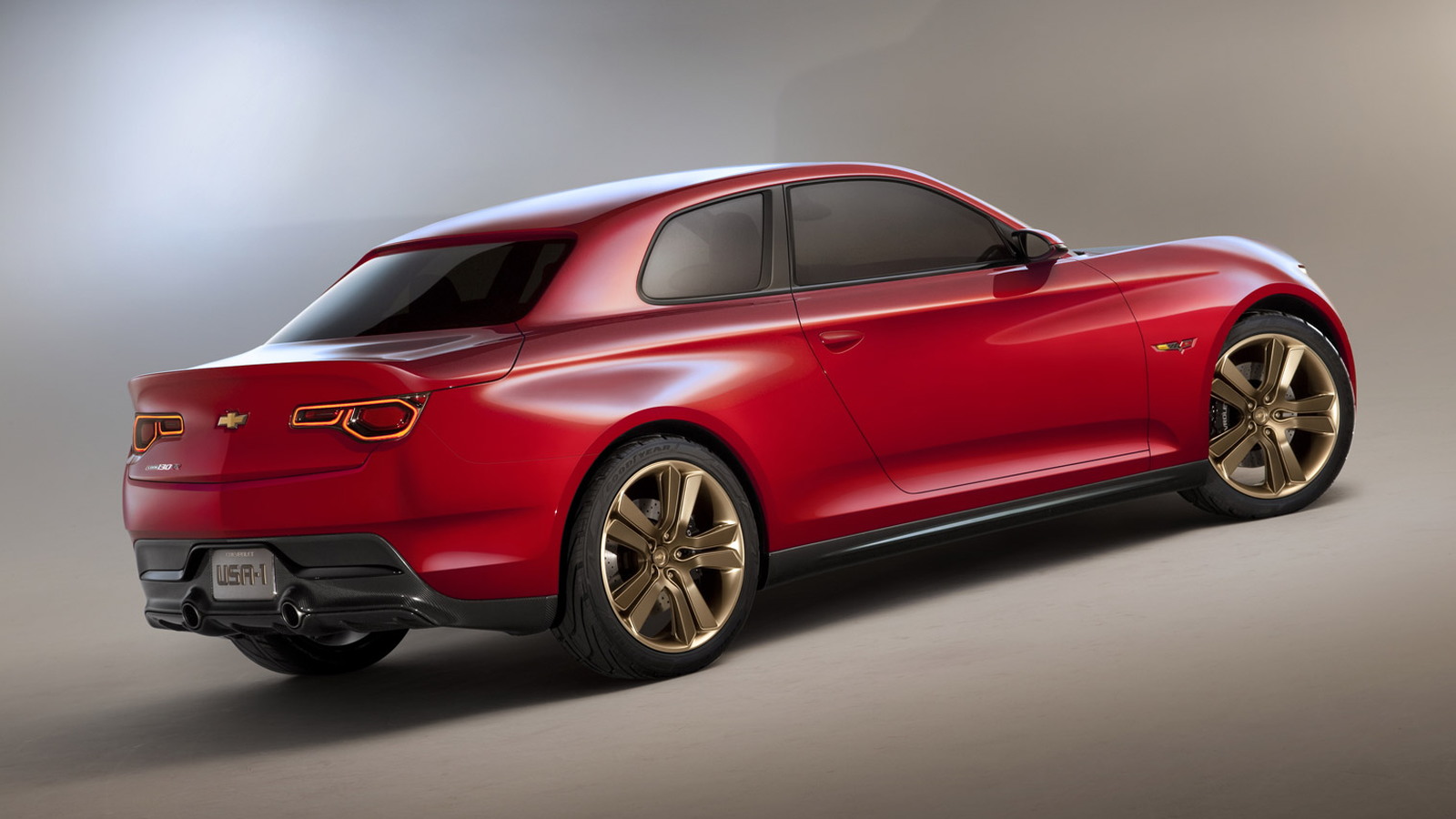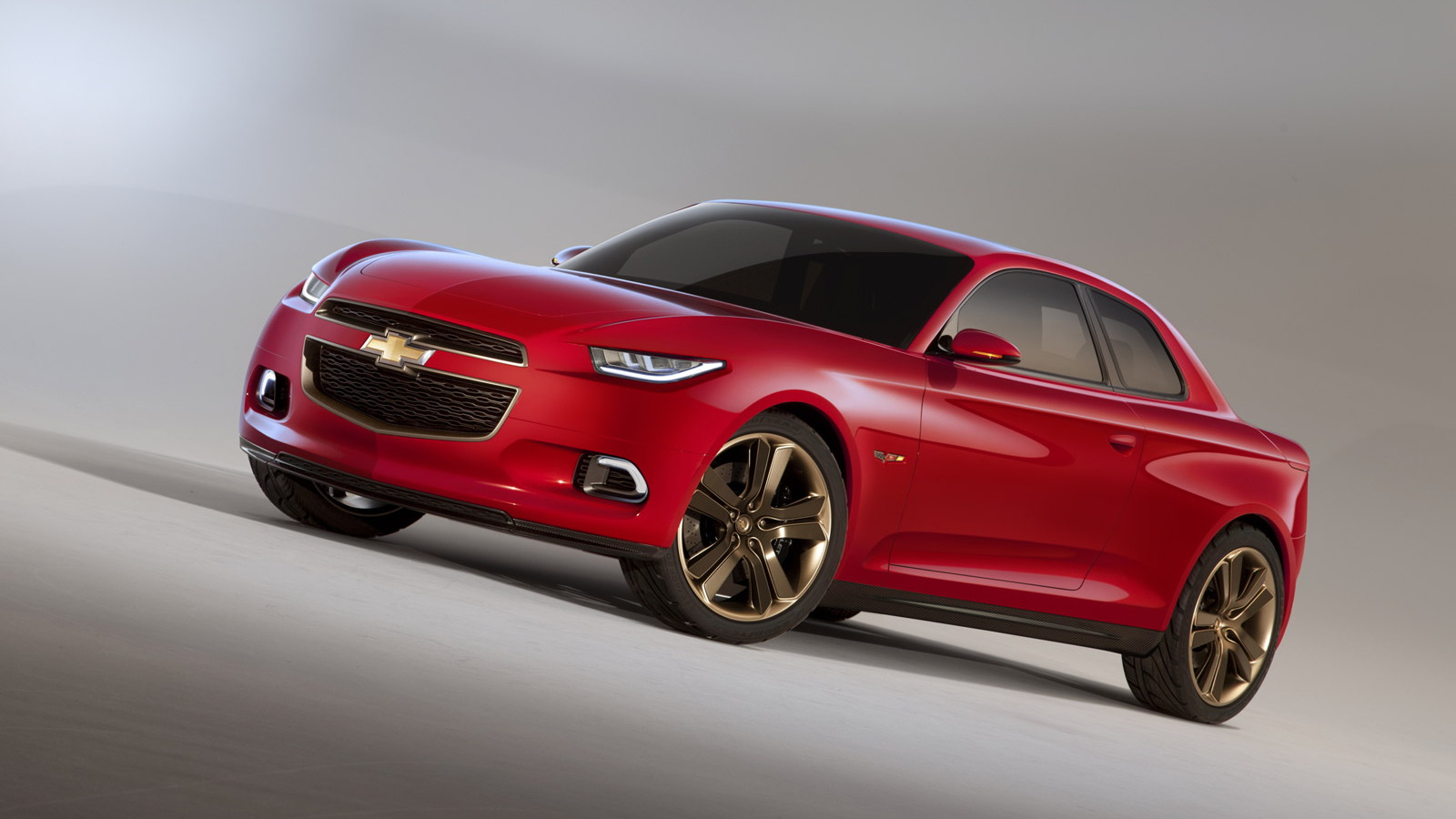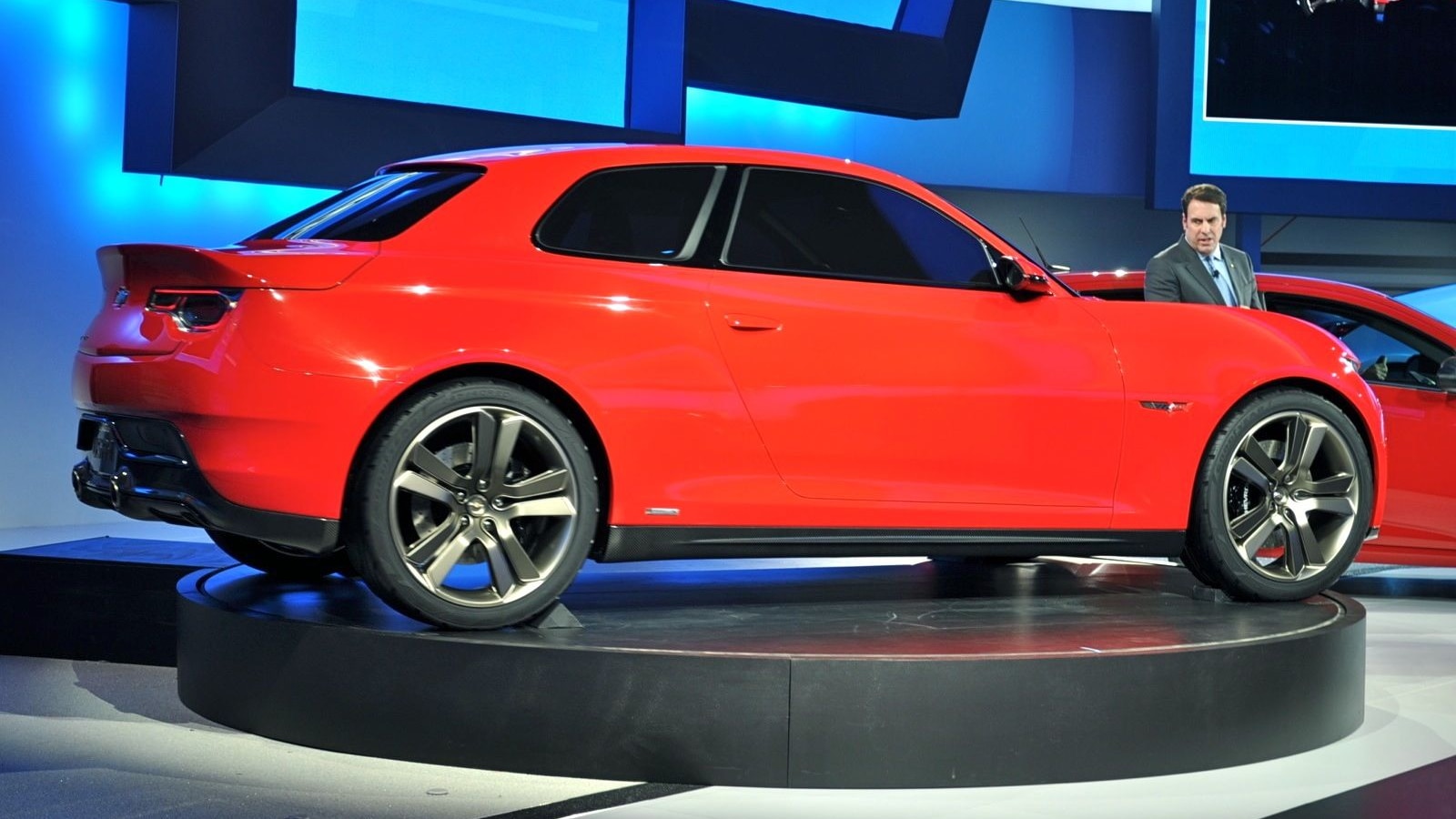While the 2014 Corvette Stingray starts at a reasonable $51,990, that's about double the price of the Scion FR-S and Subaru BRZ. But Chevy wants to step back into the affordable, compact sports car market, says GM's North American president Mark Reuss, according to Automotive News.
It's not much of a surprise after the launch of the Code 130R concept at the 2012 Detroit Auto Show, though Reuss says the 130R's design won't be used, as it's "already dated."
Instead, a new design would be dropped on an entirely new platform--something "scalable and efficient", according to Reuss, rather than the Alpha platform that underpins the Cadillac ATS and is tipped for the underpinnings of the next-gen Camaro.
Considering the ATS' relatively light weight of about 3,400 pounds, we would like to see a much more compact car using the same architecture. Such a car could conceivably check in under 3,000 pounds--perhaps as low as 2,800 pounds, putting it in the range of the FR-S and BRZ twins. If GM chooses to go with an entirely new platform, it will be a challenge to meet weight and performance targets within a cost-return ratio likely based on relatively small volume targets.
If Chevy can pull it off, however, with a choice of normally aspirated and possibly turbocharged four-cylinder engines--with options to upgrade to V-6 and turbo V-6 engines, at least in theory--a light, rear-drive sports car might just find the niche Chevy needs below the larger, heavier, far more powerful Corvette.
The idea, however, remains on the drawing board for now. GM hasn't yet decided to give the green light.






